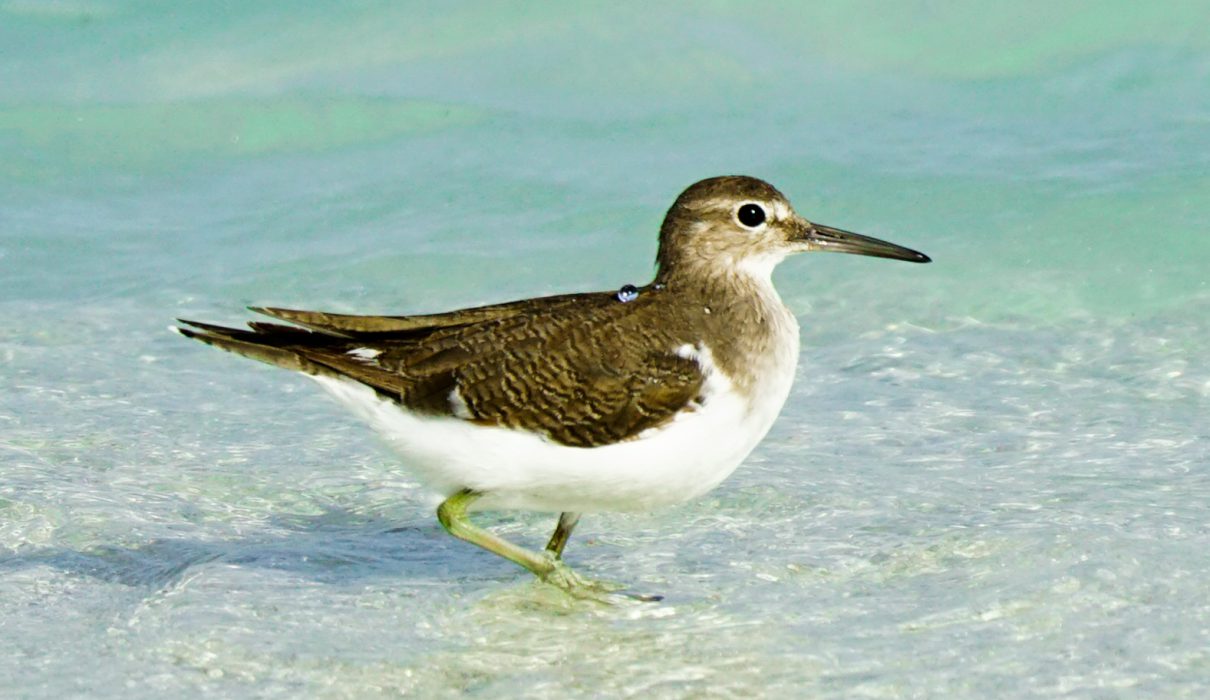Findhana – Common Sandpiper of the Maldives
In the tranquil landscapes of the Maldives, a feathered resident graces the shores and shallow waters with its elegant presence—the Findhana, commonly known as the Common Sandpiper. With the scientific name Actitis hypoleucos, this small Palearctic wader contributes to the ecological richness of the region, engaging in fascinating behaviors that captivate the hearts of bird enthusiasts. Let’s delve into the world of the Common Sandpiper, exploring its characteristics, behaviors, and its significant role in the natural tapestry of the Maldives.
Characteristics and Taxonomy: The Common Sandpiper, formally described by the renowned Swedish naturalist Carl Linnaeus in 1758, belongs to the genus Actitis. The name Actitis is derived from the Ancient Greek word ‘aktites,’ meaning “coast-dweller,” perfectly encapsulating the bird’s habitat preference. The specific epithet ‘hypoleucos’ combines the Greek words ‘hupo’ (beneath) and ‘leukos’ (white). This species stands alone without recognized subspecies, making each Findhana a unique representative of its kind.
Measuring 18–20 cm in length, with a wingspan of 32–35 cm, the adult Common Sandpiper displays greyish-brown upperparts, white underparts, short dark-yellowish legs and feet, and a bill with a pale base and dark tip. During winter, these birds adopt a duller plumage with more conspicuous barring on the wings, adding to the complexity of their visual identity. Juveniles, distinguishable by their more heavily barred upper parts and buff-edged wing feathers, undergo fascinating transformations as they mature.
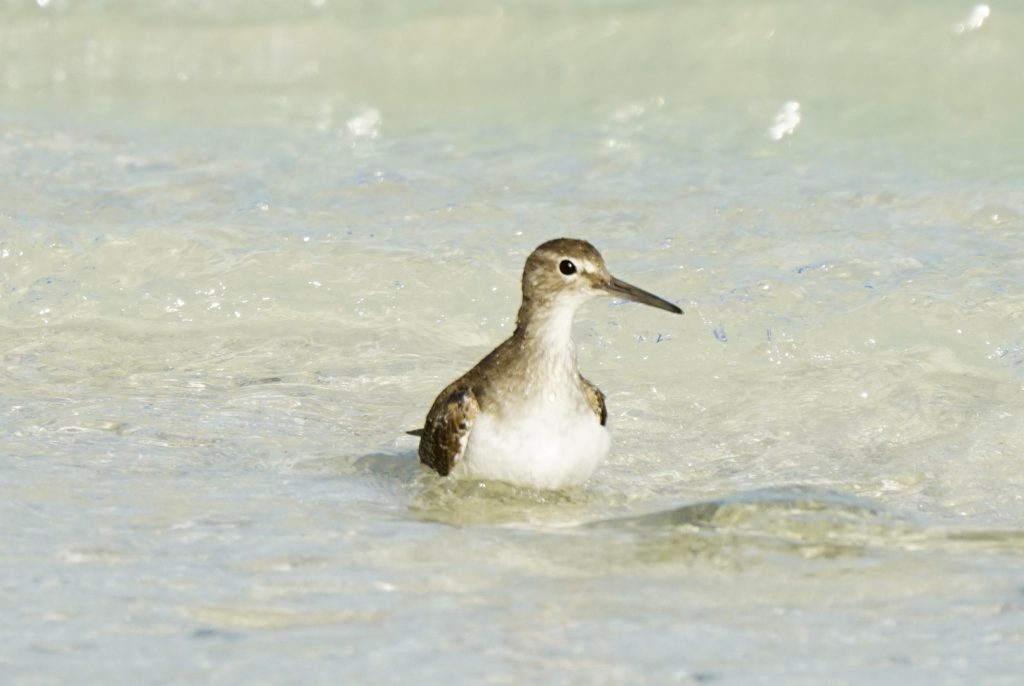
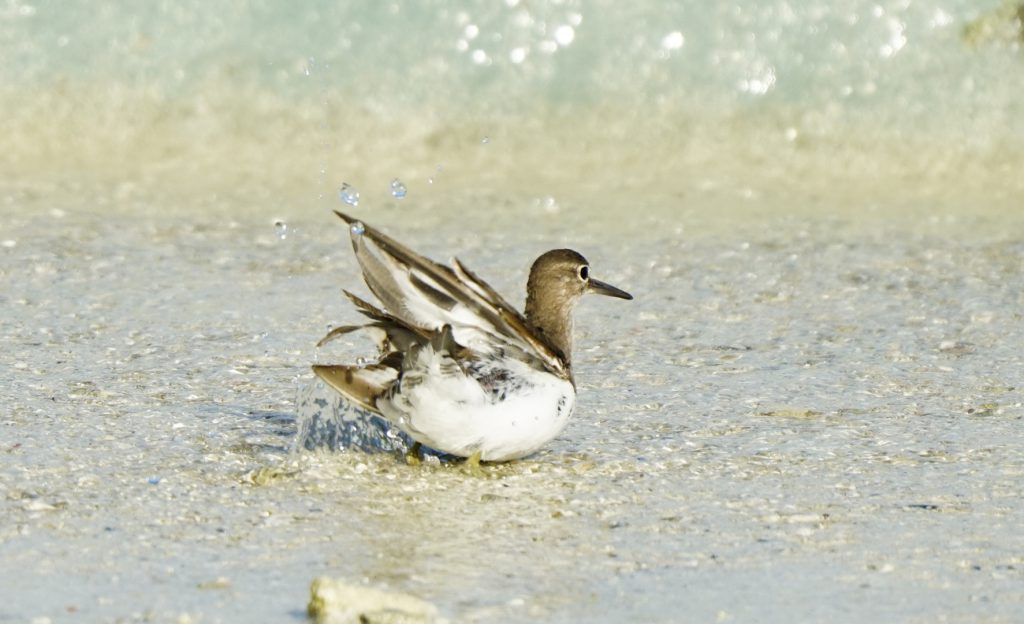
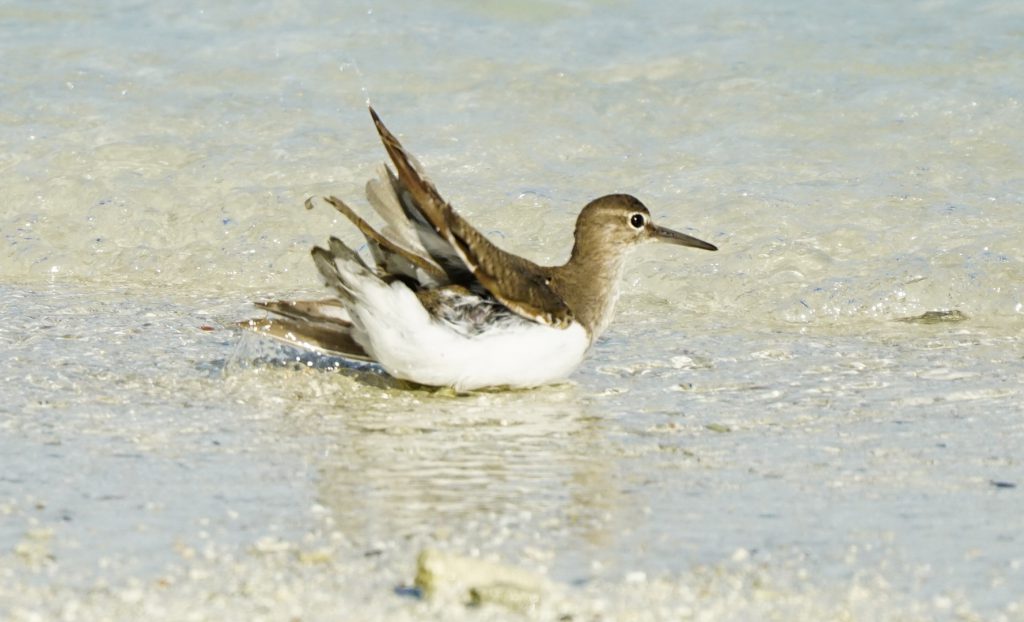
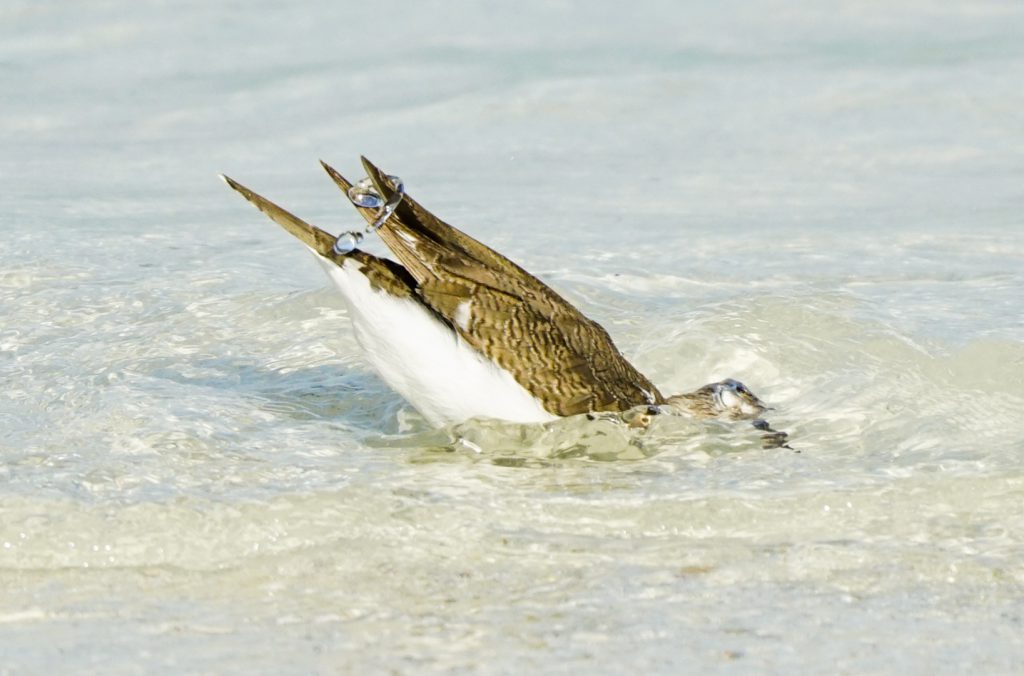
Scientific classification:
- Domain: Eukaryota
- Kingdom: Animalia
- Phylum: Chordata
- Class: Aves
- Order: Charadriiformes
- Family: Scolopacidae
- Genus: Actitis
- Species: A. hypoleucos
Distribution and Migration: The Common Sandpiper is a seasoned traveler, breeding across temperate and subtropical Europe and Asia. Come winter, it embarks on a migratory journey to Africa, southern Asia, and even Australia. During migration, the eastern edge of its route brings some individuals to Palau in Micronesia, creating a temporary congregation of these coastal dwellers. Observations suggest that they depart from the Palau region for their breeding grounds around the last week of April to the first week of May.
Behavior and Ecology: This gregarious bird, often spotted in large flocks, is characterized by a distinctive stiff-winged flight, skimming low over the water—a trait shared among Actitis waders. The Common Sandpiper is not only a visual delight for birdwatchers but also plays a crucial role in the ecosystem. Nesting on the ground near freshwater, these birds exhibit a fascinating behavior when threatened—the young cling to their parent’s body, ready to be flown to safety.
Foraging Techniques: One of the intriguing aspects of the Common Sandpiper’s behavior is its foraging technique. Foraging primarily by sight, whether on the ground or in shallow water, this bird picks up small food items such as insects, crustaceans, and other invertebrates. Remarkably, it may even catch insects in flight, showcasing its adaptability and resourcefulness.
Conservation Status: Widespread and common, the Common Sandpiper is classified as a species of least concern on the IUCN Red List. However, it’s important to note that in some states of Australia, it is considered a vulnerable species. As part of the Agreement on the Conservation of African-Eurasian Migratory Waterbirds (AEWA), efforts are made to ensure the protection of this migratory species and its habitats.
The Common Sandpiper, or Findhana, is not just a common bird in the Maldives; it is a living testament to the intricate connections between nature and culture. Its elegant presence, migratory journeys, and unique behaviors contribute to the rich biodiversity of the Maldivian landscapes. As we marvel at the beauty of the Findhana, let us also embrace the responsibility of conserving these winged wonders and the ecosystems they inhabit.
Reference Links:


